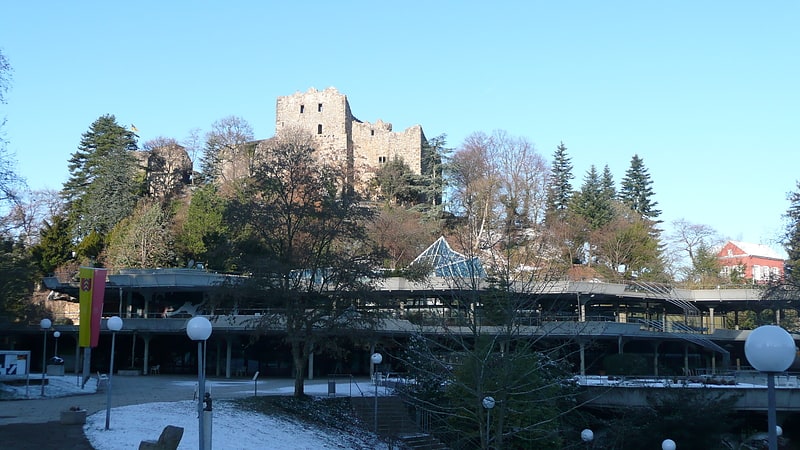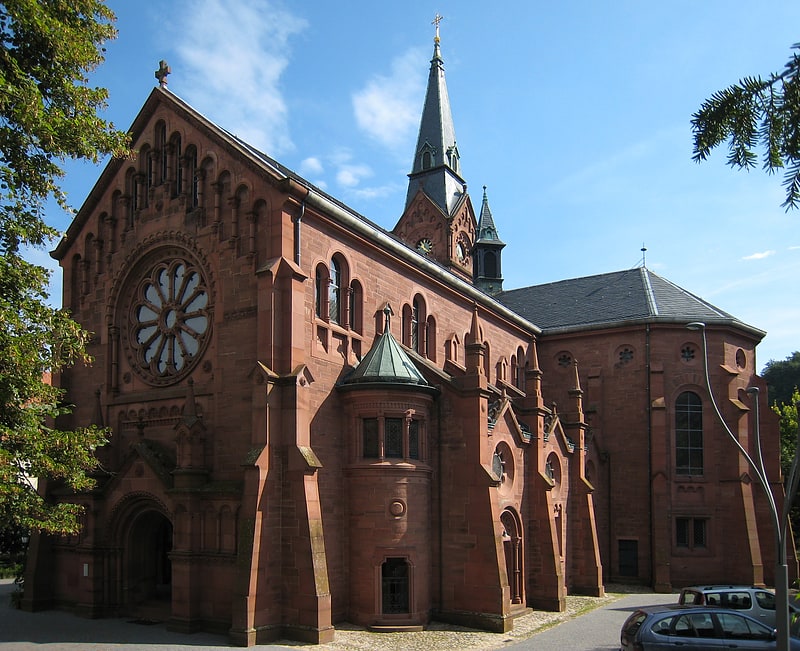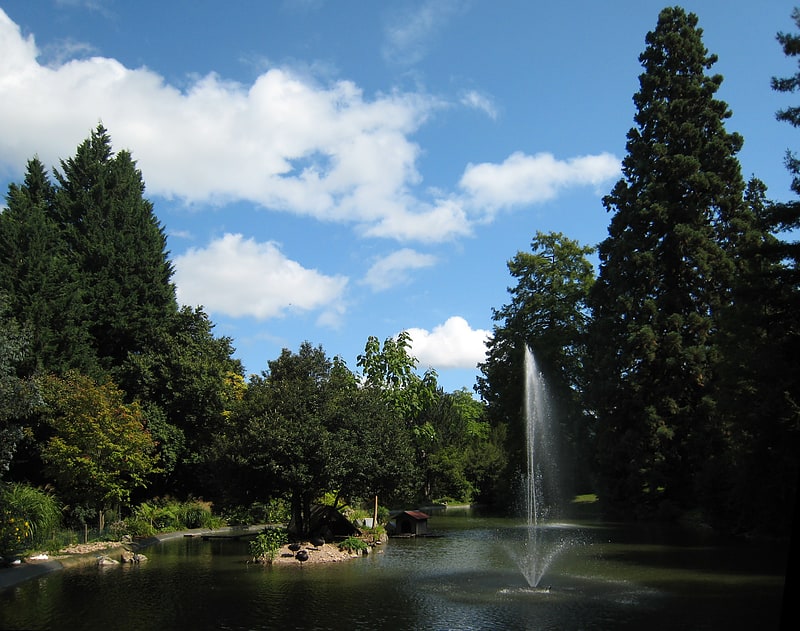Discover 4 hidden attractions, cool sights, and unusual things to do in Badenweiler (Germany). Don't miss out on these must-see attractions: Cassiopeia Therme, Burg Baden, and St. Paulus Church. Also, be sure to include Staatliche Baderverwaltung Badenweiler in your itinerary.
Below, you can find the list of the most amazing places you should visit in Badenweiler (Baden-Württemberg).
Table of Contents
Cassiopeia Therme

Watersports, Roman bath, Thermal spa, Spa, Hot springs, Water park, Swimming, Amusement park
Address: Ernst-Eisenlohr-Straße 1, 79410 Badenweiler
Burg Baden

Baden Castle, also known as Badin Castle or Badenweiler Castle, is the ruin of a hilltop castle on a 454.6 m above sea level above the spa park in the middle of the municipality of Badenweiler in the district of Breisgau-Hochschwarzwald in Baden-Württemberg. It is considered the landmark of Badenweiler and is not identical with the Neuenfels castle ruin located near Badenweiler.
Address: Schlossplatz 2, 79410 Badenweiler
St. Paulus Church

Church
Staatliche Baderverwaltung Badenweiler

The Staatliche Baderverwaltung Badenweiler is a historic arboretum located in the city Kurpark at Kaiserstrasse 5, Badenweiler, Baden-Württemberg, Germany. It is open daily without charge.
The arboretum dates to 1758 when Charles Frederick, Grand Duke of Baden, planted a walnut allée along the hill with its Roman ruins, which was subsequently extended in 1824-1828 by Johann Michael Hofrat Zeyher (1770–1843) to create a small landscape garden. The current Kurpark and arboretum, however, are primarily the work of Ernst Kraut Inger (1824–1898), Grand Ducal Park Director from 1850–1897, who collected trees from around the world to create an English landscape park. Many of today's trees date to this period, as do garden features such as swan ponds.
Today the garden contains extensive plantings of exotic trees, including mature sequoias, cedars, palm trees, eucalyptus, bananas, lemons, oleanders, hibiscus, and magnolias, as well as fine specimens of Prunus, Quercus, Rosa, Sorbus and Viburnum species and varietals.[1]